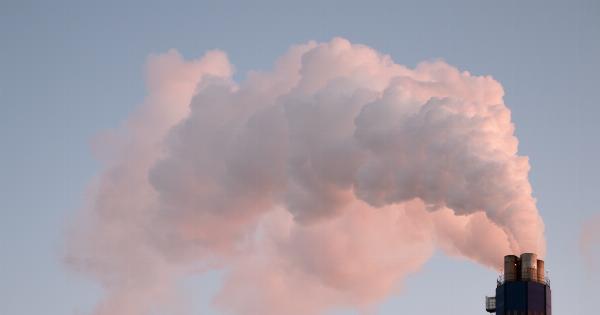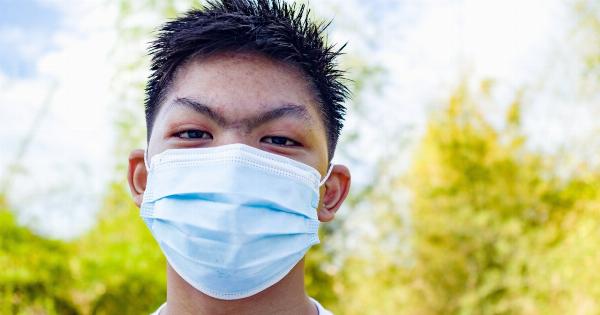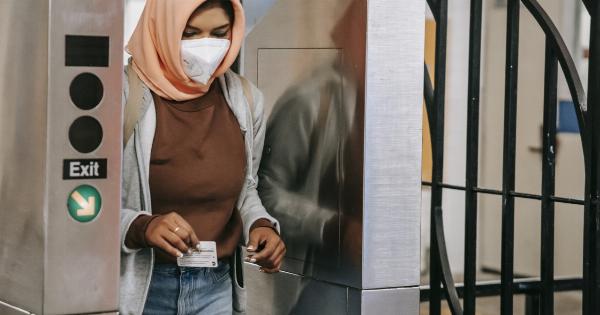Our lungs play a vital role in ensuring the proper functioning of our respiratory system. Breathing is a fundamental process that provides oxygen to our body while removing carbon dioxide, allowing us to survive and thrive.
However, various factors can affect the performance of our lungs and impact our overall well-being. In this article, we will explore the burden of breathing and how the combination of lungs can influence our health.
The Anatomy of Lungs
The lungs are a pair of vital organs located within the chest cavity. Each lung is divided into lobes – the right lung has three lobes, while the left lung has two.
They are surrounded by a protective membrane called the pleura, which enables the smooth movement of our lungs during inhalation and exhalation.
Within our lungs, there is a branching network of air passages called bronchial tubes. These tubes progressively become smaller, culminating in tiny air sacs known as alveoli.
The alveoli are responsible for the exchange of oxygen and carbon dioxide between the lungs and bloodstream.
The Role of Breathing
When we breathe, the diaphragm, a dome-shaped muscle located at the base of our lungs, contracts and moves downwards, causing our lungs to expand.
This expansion leads to negative pressure within the chest cavity, drawing air into our lungs through the bronchial tubes. Oxygen from the inhaled air is then transferred to the bloodstream through the alveoli, while carbon dioxide is expelled from the body during exhalation.
Proper breathing is essential for maintaining a healthy oxygen-carbon dioxide balance in our body. Inadequate lung function can result in oxygen deprivation, leading to fatigue, dizziness, and a variety of other symptoms.
The Effects of Smoking
Smoking is one of the most significant burdens on our lungs. The chemicals present in tobacco smoke harm the airways and alveoli, reducing their ability to function efficiently.
Smoking can lead to the development of various respiratory conditions, including chronic bronchitis, emphysema, and lung cancer.
Chronic bronchitis is characterized by inflammation and narrowing of the airways, leading to a persistent cough, excess mucus production, and difficulty breathing.
Emphysema, on the other hand, involves the destruction of the alveoli, reducing the lungs’ capacity to exchange oxygen and carbon dioxide effectively. Both conditions significantly impede lung function and can have a severe impact on an individual’s quality of life.
The Impact of Pollution
Air pollution is a growing concern worldwide, and its detrimental effects on lung health are well-established.
Particulate matter, such as dust, smoke, and toxic chemicals, can enter our respiratory system and cause inflammation and damage to the airways and alveoli. Long-term exposure to polluted air can increase the risk of respiratory infections, asthma, and other respiratory diseases.
Indoor air pollution is also a significant issue, particularly in poorly ventilated spaces.
Household products, building materials, and even cooking activities can release pollutants that negatively affect lung function, especially for individuals with pre-existing respiratory conditions.
The Role of Genetics
While external factors like smoking and pollution can impact lung health, genetics also plays a crucial role. Some individuals may be more genetically predisposed to lung diseases, such as cystic fibrosis, alpha-1 antitrypsin deficiency, or asthma.
Cystic fibrosis is a genetic disorder that affects the production of mucus, leading to its thickening and blocking of the airways.
Alpha-1 antitrypsin deficiency is a condition that hinders the production of a protective protein in the lungs, making them more susceptible to damage. Asthma, a chronic inflammatory disease, can also have a genetic component, although it can also be triggered by environmental factors.
Age-related Changes
As we age, our lungs undergo natural changes that can affect their function. The elasticity of the lung tissue diminishes, reducing the ability of the lungs to expand and contract fully.
The number and size of alveoli also decrease, decreasing the surface area available for gas exchange. These changes can result in reduced lung capacity, making it more challenging to breathe during physical exertion or in certain conditions.
Additionally, age-related conditions such as chronic obstructive pulmonary disease (COPD) and lung cancer become more common later in life.
COPD is a progressive disease characterized by airflow limitation, leading to symptoms such as shortness of breath, coughing, and wheezing. Lung cancer, often associated with long-term smoking, can have a detrimental impact on lung function and overall health.
Occupational Hazards
Certain occupations expose individuals to hazardous substances that can compromise lung health.
Workers in industries such as mining, construction, manufacturing, and agriculture may encounter dust, chemicals, or fumes that can damage the airways and alveoli. Occupational lung diseases, including pneumoconiosis and occupational asthma, can develop as a result of prolonged exposure to these harmful agents.
Protecting and Improving Lung Health
While some factors impacting lung health may be beyond our control, there are steps we can take to protect and improve our respiratory system:.
- Avoid smoking and secondhand smoke.
- Minimize exposure to air pollution by staying indoors on days with poor air quality and using air purifiers when necessary.
- Maintain a healthy lifestyle with regular exercise, a balanced diet, and hydration.
- Practice good hand hygiene to reduce the risk of respiratory infections.
- Consider wearing personal protective equipment (PPE) when working in hazardous environments.
- Seek medical attention promptly for any respiratory symptoms or concerns.
By adopting these preventive measures and making positive lifestyle choices, we can reduce the burden on our lungs and ensure better respiratory health for ourselves and future generations.





























